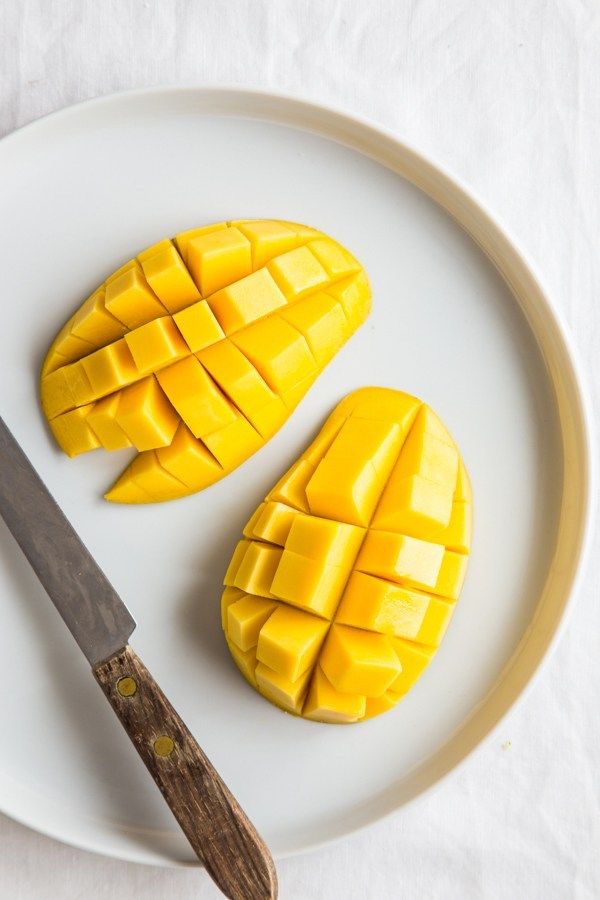Hi there! Hope you are doing well.
Today we are going to share some knowledge of mango and how to make a mango smoothie bowl.
In some parts of the world, mango (Mangifera indica) is called the “king of fruits.” It's a drupe, or stone natural product, which implies that it has a huge seed in the centre. Mango isn't just tasty yet additionally flaunts a great nourishing profile. In fact, studies link mango and its nutrients to health benefits, such as improved immunity, digestive health and eyesight, as well as a lower risk of certain cancers.
Here’s an overview of mango, its nutrition, benefits and some tips on how to enjoy it.

Benefits
Mango is low in calories but full of nutrients.
One cup (165 grams) of sliced mango provides:
- Calories: 99
- Protein: 1.4 grams
- Carbs: 24.7 grams
- Fat: 0.6 grams
- Dietary fiber: 2.6 grams
- Vitamin C: 67% of the Reference Daily Intake (RDI)
- Copper: 20% of the RDI
- Folate: 18% of the RDI
- Vitamin B6: 11.6% of the RDI
- Vitamin A: 10% of the RDI
- Vitamin E: 9.7% of the RDI
- Vitamin B5: 6.5% of the RDI
- Vitamin K: 6% of the RDI
- Niacin: 7% of the RDI
- Potassium: 6% of the RDI
- Riboflavin: 5% of the RDI
- Manganese: 4.5% of the RDI
- Thiamine: 4% of the RDI
- Magnesium: 4% of the RDI
It also contains small amounts of phosphorus, pantothenic acid, calcium, selenium and iron.
One cup (165 grams) of mango provides nearly 70% of the RDI for vitamin C — a water-soluble vitamin that aids your immune system, helps your body absorb iron and promotes growth and repair.
How to make a mango smoothie bowl?




Leave a comment
This site is protected by reCAPTCHA and the Google Privacy Policy and Terms of Service apply.